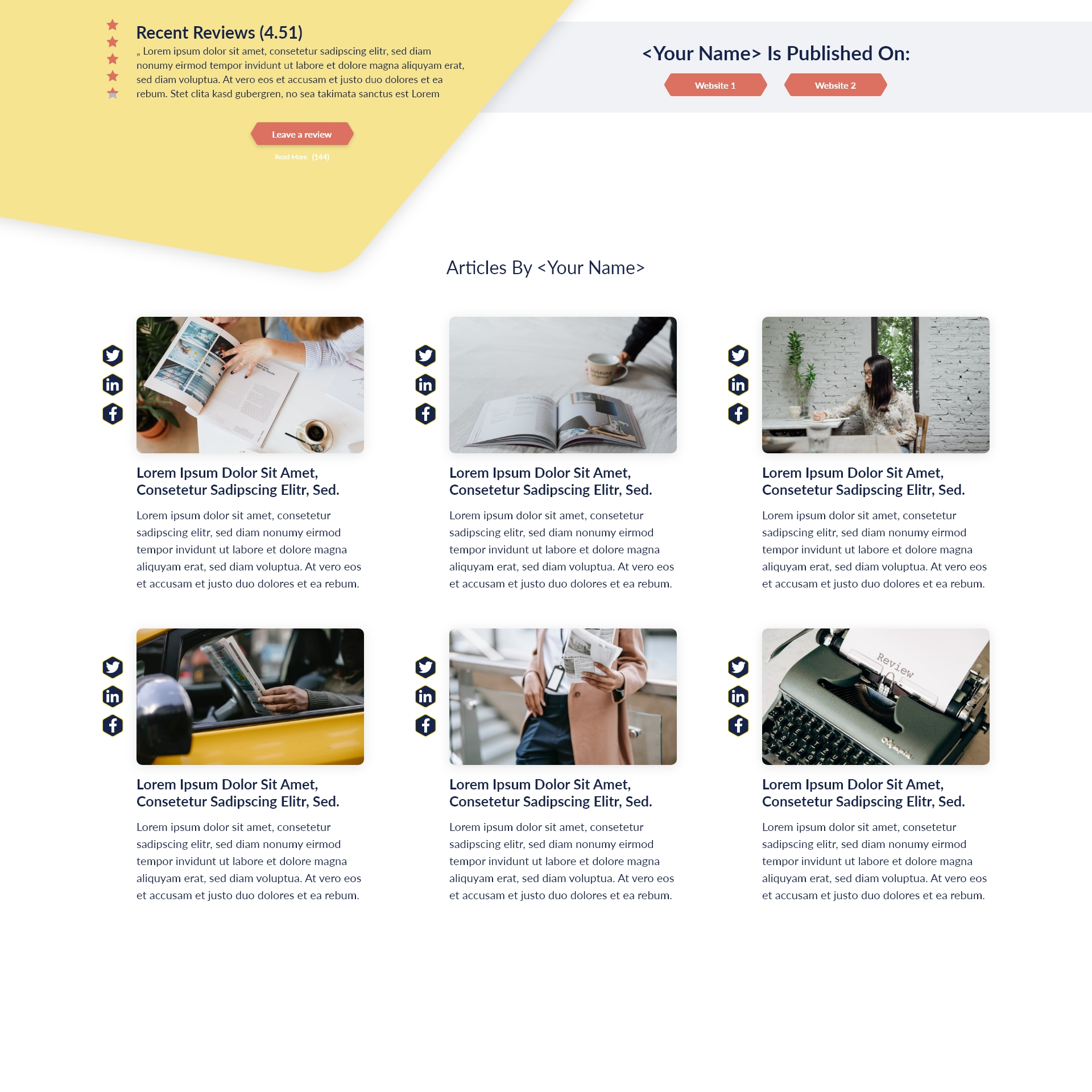During the spring of 2021, droves of employees quit their job as part of a trend known as the Great Resignation. Research has shown, however, that workers feel confident in the potential in today’s job market. As such, employers must remain incredibly attentive to the needs of their top performers or risk losing them to resignation or another employer. Companies should follow a few practices to prevent further turnover, if only to improve job satisfaction for employees while also maintaining their current team.
A recent study of over 2,000 professionals tracked overall worker sentiment regarding career prospects for today and the future. More than 40% of those surveyed in 2022 were actively searching for a new job or planning to in the next six months. So, for those companies and managers who value the retention of valued talent, it’s time to take a hard look at the reason behind the loss of employees. Considering the factors at work, you will be well-equipped to prevent further resignations by improving company culture and employee morale.
Identifying the Problem
Many companies utilize exit interviews to gather insight into areas needing improvement. Necessary improvements may include your company’s retention strategy, culture, and management style. Chances are you are likely to hear the same common reasons when asking the employee their motive behind their resignation. These include limited career advancement, lack of recognition, poor work-life balance, feeling unsupported and overworked, inadequate salary, uncompetitive benefits package, dissatisfaction with management, and more.

Strategies that Improve Job Satisfaction
Most companies continued seeking and recruiting talent throughout the pandemic, while others recently began to pick up the pace. Depending on the industry and region, the job market is favorable for employers and desirable candidates offering in-demand skills. Chances are, potential employees such as these won’t need to wait long before they find their next job opportunity.
Onboarding
New hires should experience the most effortless onboarding and orientation from the get-go. Your company should complete this process as simply as possible, teaching new hires about their job, the company culture, and how they may contribute and thrive. Companies that skimp out on something crucial are poised to fail new and long-term employees. So, on day one, provide in-person or virtual support to set the tone for your entire business.
Mentorship
Setting up new employees with a mentor provides an excellent opportunity to extend the onboarding process. Mentorships are especially helpful for companies with remote work environments so newcomers can feel welcome and settle in. In addition, mentors can offer guidance and help new hires learn the ropes from a well-seasoned employee. However, this opportunity should not be limited to new hires, especially after considering the benefits of providing existing staff with their very own mentorship. Improved job satisfaction and increased employee retention are just a few reasons to offer a mentorship program.
Employee Compensation
Competitive pay is an essential aspect of running a business well. Remaining competitive involves regular evaluation and adjustments to salaries by employers, regardless of whether your company can currently support a pay increase. If a monetary raise is out of the question, consider bonuses or other types of compensation. Retirement plans and healthcare benefits are additional ways to improve job satisfaction and boost morale.
Perks
Perks are a great way to improve your workplace if you want to attract new hires or reignite your current staff. Offering remote work opportunities and flex schedules are just two examples of perks that many employees highly value. Additionally, up to one-third of all professionals love parental leave.
Wellness Packages
Helping your employees to remain financially, mentally, and physically fit shows how the company prioritizes their well-being. In addition, your employees will feel valued and supported by a simple expansion or improvement to the current wellness packages offered by your company. Additional add-ons may include retirement planning services, stress management programs, and even fitness class reimbursements, to name a few.
Communication
Good communication throughout the workplace is more important than ever, especially with the introduction of hybrid and remote workers. Whether they are working remotely or on-site, direct reports must have the tools to communicate ideas, express concerns, and ask questions at any time. When in a leadership position, you must strive to promptly promote constructive, positive communication across the board. By proactively connecting with each employee, you impart a sense of inclusion for heightened job satisfaction and inclusion.
Regular Feedback
Annual performance reviews have quickly become a past practice in favor of frequent team meetings. This move toward one-on-one sessions enables management to speak directly with employees regarding their short and long-term goals to visualize their role at the company for many years. Although making impossible promises is poor practice, discussing potential advancements with your company can create a path to reach realistic goals together.

Training & Development Opportunities
Helping employees identify the areas and opportunities for professional growth is another way leadership can provide feedback on performance. Options may include learning new skills, gaining abilities, and improving current competencies that ultimately help your company evolve with the times. Making employee upskills a priority invests in their professional development and the company itself.
Integrated Reward Systems
Making employees feel appreciated for their work is a great way to impact their overall gratitude. Simply thanking direct reports incentivizes them to put in the extra effort to benefit the entire company. Additionally, many businesses took to integrated reward systems to further incentivize innovation and great ideas, depending on their budget.
Balancing Work-Life
Is your staff expected to be available regardless of the day or time? Your time management expectations convey to your employees how your company values their personal time. However, job satisfaction directly hinges upon a healthy work-life balance, further highlighting the importance of employees maintaining lives outside of work-life. As a leader, you should recognize a healthy balance, especially for remote workers, and encourage employees to get plenty of rest.
Flexible Schedules
Even since the relaxation of COVID restrictions, many employees prefer to work from home part-time. For fear of increasing the ever-rising resignation rate, most companies have been completely understanding of this preference. Over half of all surveyed professionals stated they would find a new job upon notice of a requirement to return to the office.
Management should take a long look at their options, considering whether they can offer remote opportunities to employees or maintain their remote status. For example, would flextime or a compressed workweek work instead? Partial telecommuting and other flex schedules could significantly prevent high turnover rates for your company and boost employee retention overall.
Change Management
Disruptions caused by the pandemic spurred companies across the board to change every aspect of normal operations. Employees have looked to leadership for reassurance during tough times, especially for organizations that experienced an enormous shift. Maintaining clear communication decreases anxiety and puts the rumor mill to rest. If you must make a big announcement, take the time to call a group meeting or speak to each team member individually. Furthermore, ensure you allow time for questions and voice concerns.
Emphasize Teamwork
Encouraging every single employee to contribute to solutions and ideas is another way to promote teamwork. By doing so, your employees will be allowed to collaborate, accommodating individuals’ work styles for a better sense of inclusion.
Acknowledge Achievements
Improving employee retention is nothing without regularly acknowledging big and small achievements. Maybe your team finished a significant project well before the deadline, or an employee just celebrated their 10th anniversary. Any accomplishment is an opportunity to mark a milestone as a team. Whether you lead a remote team, management should create meaningful moments for their employee.
In Conclusion
The strategies mentioned above are just a few ways leaders can work to improve overall employee satisfaction. While the resignation of a team member is inevitable, there are ways you can lessen the impact through accountability and improvements. By staying on top of market standards (salary, benefits, best practices), you will be well on decreasing employee turnover and building a work environment that job-seekers will long to join.







